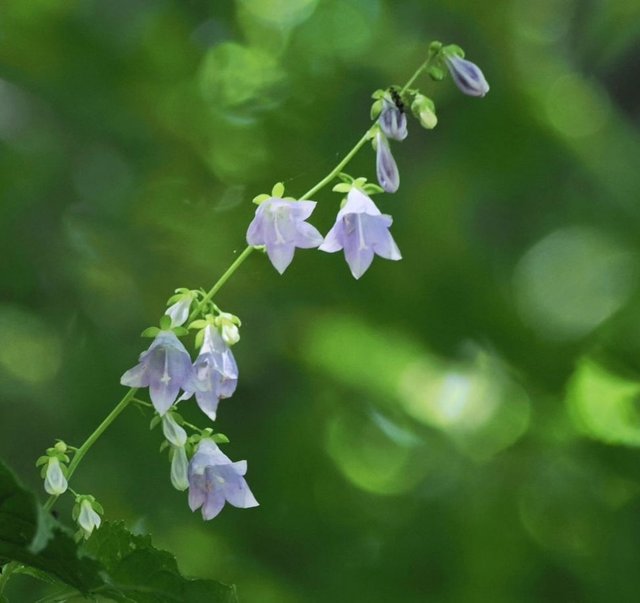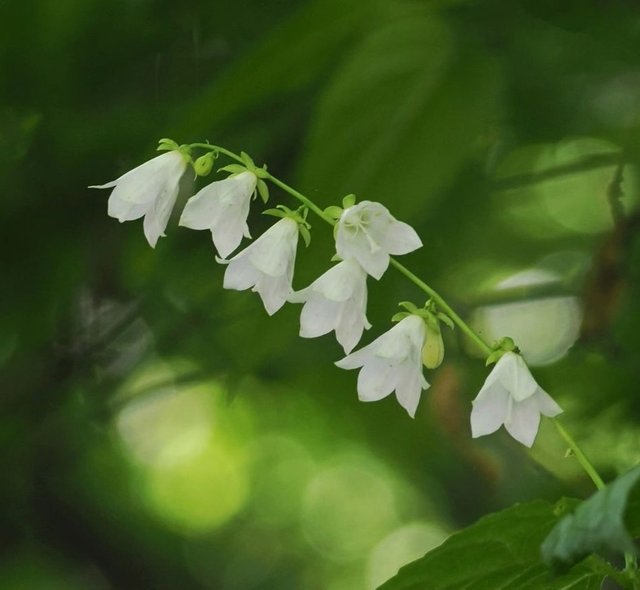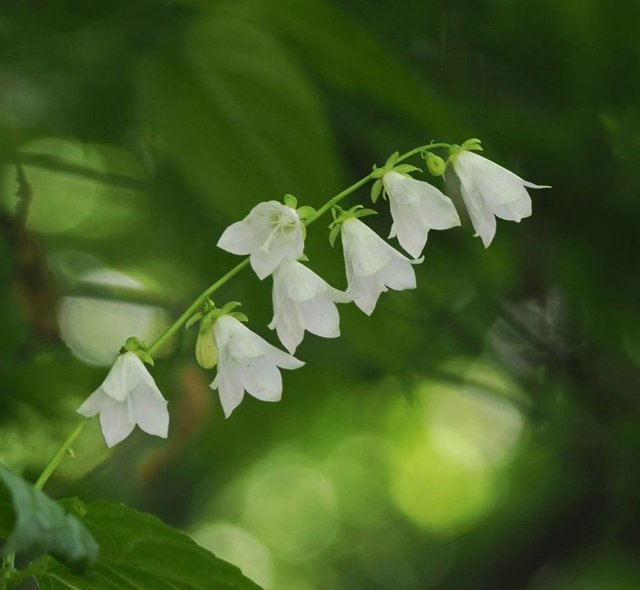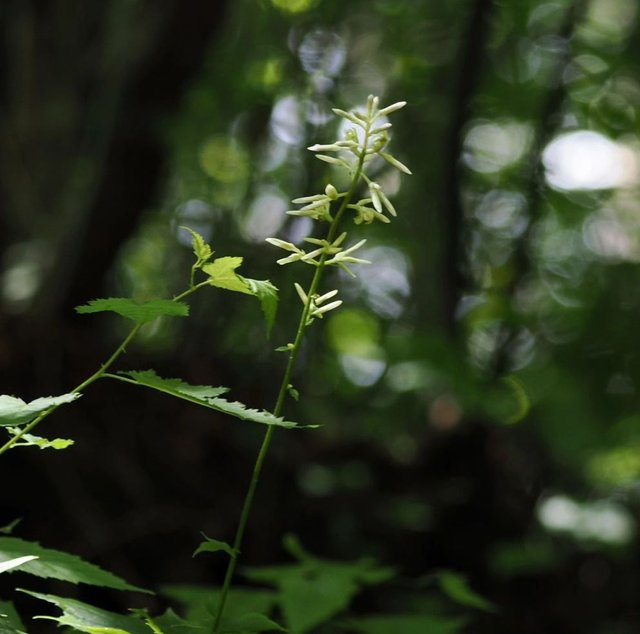Vallaris Glabra So Beautiful
Vallaris glabra: A Comprehensive Overview
Vallaris glabra, commonly known as the "Bread Flower" or "Kesidang" in Malay, is a fascinating and fragrant plant that is cherished for its unique attributes and ornamental value. Belonging to the Apocynaceae family, this plant is native to Southeast Asia, particularly found in Malaysia, Indonesia, and Thailand. Its captivating fragrance, delicate flowers, and cultural significance make it a cherished addition to gardens and landscapes in tropical and subtropical regions.
Botanical Description
Vallaris glabra is a climbing shrub or small tree that can reach up to 6 meters in height. The plant has a twining habit, with long, slender stems that can gracefully wrap around supports like trellises or other plants. The leaves of Vallaris glabra are opposite, ovate, and smooth. They are typically dark green, glossy, and measure about 5 to 10 centimeters in length.
The most striking feature of Vallaris glabra is its small, star-shaped flowers. The flowers are usually white or creamy white and are borne in clusters, called cymes, at the ends of branches. Each flower is about 2 to 3 centimeters in diameter and consists of five lobes. Despite their modest size, the flowers emit a powerful, sweet fragrance reminiscent of freshly baked bread or pandan leaves, which is why the plant is often referred to as the Bread Flower.
Fragrance and Pollination
The fragrance of Vallaris glabra is one of its most alluring qualities. The scent is particularly strong in the evening and early morning, making it a popular choice for gardens where its aroma can be enjoyed during these times. The scent has a warm, slightly spicy undertone that adds to its appeal. This fragrance plays a significant role in the plant’s pollination, attracting nocturnal pollinators such as moths.
Cultivation and Care
Vallaris glabra is relatively easy to cultivate, making it a popular choice for both amateur and experienced gardeners. Here are some key considerations for growing this plant:
Climate: Vallaris glabra thrives in tropical and subtropical climates. It prefers warm temperatures and high humidity. In temperate regions, it can be grown in a greenhouse or as a houseplant.
Soil: The plant prefers well-draining, fertile soil. A mix of garden soil, compost, and sand is ideal. It can tolerate a range of soil pH levels but performs best in slightly acidic to neutral soils.




